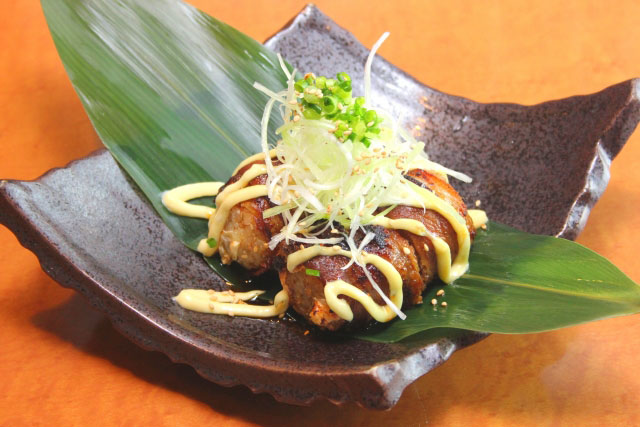Month: October 2017

A Food Lover’s Tour of Japan – Miyazaki for Shochu & Nikumaki Onigiri
Read more: A Food Lover’s Tour of Japan – Miyazaki for Shochu & Nikumaki OnigiriAs the seasons bring cold weather, we travel to Miyazaki Prefecture, located in the southern…
Product Inspirations – Micom Water Boiler & Warmer (CD-WCC30/40)
Read more: Product Inspirations – Micom Water Boiler & Warmer (CD-WCC30/40)The Zojirushi Micom Water Boiler & Warmer (CD-WCC30/40) is one of our user-friendly water boilers,…
How To Eat Plain White Rice
Read more: How To Eat Plain White RiceIf you’ve been guilty of this, you’ve probably been told not to pour soy sauce…